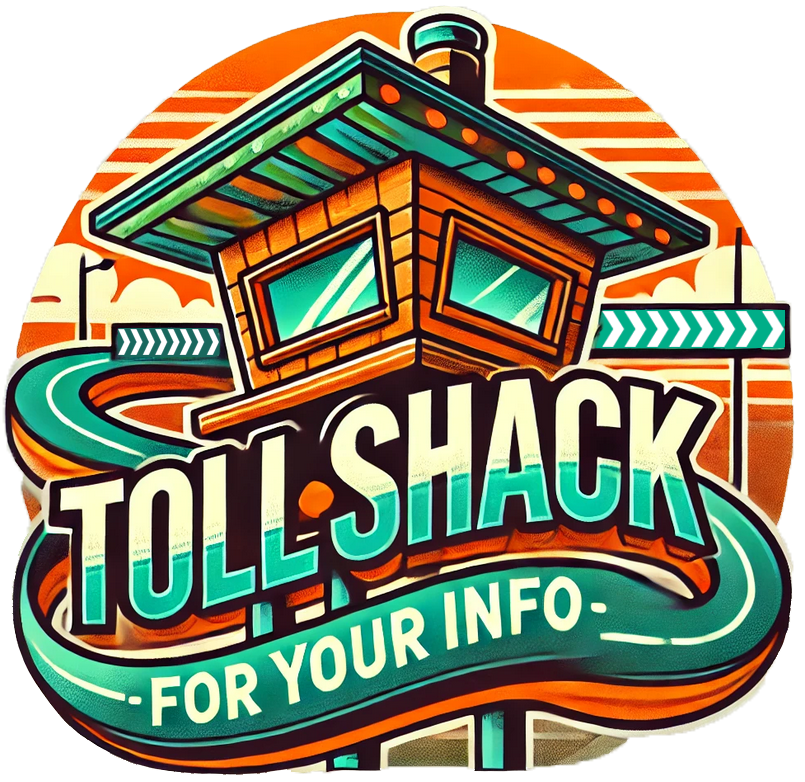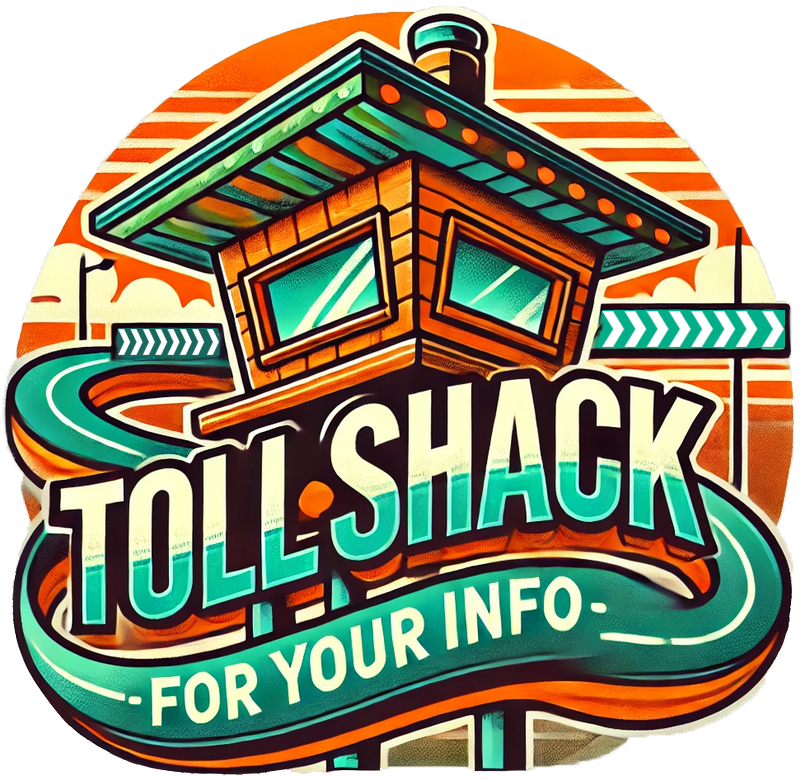Tolling companies on the East Coast and West Coast of the United States often operate differently due to regional variations in infrastructure, the extent of toll networks, technology adoption, and partnerships with other tolling agencies. Here’s a comparison between East Coast and West Coast toll companies:
- Toll Network Scope and Coverage:
– East Coast:
– The East Coast, especially the Northeast Corridor, has a highly developed toll road system. Many states have long-established toll roads and bridges due to their older transportation infrastructure.
– Major toll roads include the New Jersey Turnpike, New York Thruway, and Pennsylvania Turnpike, along with significant bridge and tunnel tolls in cities like New York and Washington, D.C.
– Most East Coast toll roads participate in E-ZPass, a widely used electronic toll collection system accepted across 19 states from Maine to Florida and into the Midwest.
– West Coast:
– The West Coast has fewer toll roads compared to the East Coast, but tolling is more commonly seen in urban areas or as a way to manage congestion.
– Major toll roads and bridges include those in California (like the 91 Express Lanes and various tolled bridges in the San Francisco Bay Area), Washington State (SR 520, Tacoma Narrows Bridge), and Oregon (though limited tolling currently).
– Many toll facilities on the West Coast use FasTrak (California) and Good to Go! (Washington) for electronic toll collection. These systems are not interoperable with E-ZPass, although there is increasing interest in nationwide interoperability.
- Electronic Toll Collection Systems:
– East Coast (E-ZPass System):
– E-ZPass is the dominant toll system, covering 19 states along the East Coast and some Midwestern states. It allows seamless travel across most toll roads and bridges in the region.
– E-ZPass offers various toll discounts and regional benefits depending on where the transponder is registered (e.g., New Jersey E-ZPass users get specific discounts on the New Jersey Turnpike).
– East Coast tolls are more integrated, allowing for long-distance travel with a single transponder.
– West Coast (FasTrak, Good to Go!, and Other Systems):
– The West Coast uses different regional toll systems:
– FasTrak (California): Used for most toll roads, express lanes, and bridges across California.
– Good to Go! (Washington): Covers tolls in the state of Washington, including the SR 520 Bridge and other tolled roads and bridges.
– OReGO (Oregon): A voluntary pay-per-mile program, though not widely applied for traditional toll roads.
– Each state or region has its own transponder, and they are typically not interoperable with each other, meaning a driver might need different transponders for different states.
- Technology and Tolling Practices:
– East Coast:
– Traditional toll plazas (booths) are still more common on the East Coast, although many areas are transitioning to all-electronic tolling (AET), where no cash is accepted and tolls are collected via transponders or by license plate.
– The East Coast toll systems tend to focus more on long-distance travel and interstate toll roads.
– West Coast:
– The West Coast has been quicker to adopt all-electronic tolling and congestion pricing models. Many toll facilities on the West Coast, especially in California, use dynamic pricing for toll lanes, where toll rates vary based on traffic conditions.
– Express lanes (toll lanes running parallel to free lanes) are more common, and tolling is used as a way to manage congestion rather than as a standard way to finance road maintenance (as on the East Coast).
- Pricing and Discount Models:
– East Coast:
– Pricing on the East Coast tends to be fixed based on the distance traveled or the facility used (e.g., bridges or tunnels).
– Discounts are often regional (e.g., discounts for state residents or frequent travelers on specific roads).
– West Coast:
– Toll rates are often dynamically priced on express lanes based on congestion. The goal is to keep traffic flowing smoothly, so prices rise during peak traffic and drop during off-peak hours.
– Some West Coast toll agencies provide variable toll rates for carpoolers or certain types of vehicles.
- Public vs. Private Ownership:
– East Coast:
– Toll roads on the East Coast are mostly publicly owned and operated by state or regional transportation authorities (e.g., the New Jersey Turnpike Authority, Massachusetts Department of Transportation).
– There are some examples of public-private partnerships (e.g., in Virginia), but the majority of toll roads are under government control.
– West Coast:
– There is more private-sector involvement in toll road management on the West Coast, particularly in California, where some toll roads are privately operated (e.g., 91 Express Lanes).
– Some toll facilities are operated under public-private partnerships, where private companies finance and maintain the toll roads in exchange for a share of the revenue.
- Interoperability and Travel Convenience:
– East Coast:
– E-ZPass allows for broad interoperability across many states, making travel through the toll-heavy Northeast and Midwest seamless for users with an E-ZPass transponder.
– This system is particularly convenient for drivers traveling long distances across multiple states.
– West Coast:
– The lack of interoperability between FasTrak, Good to Go!, and other West Coast systems can make it less convenient for drivers who cross state lines frequently.
– Travelers might need multiple transponders or accounts to use toll roads in different West Coast states, although there are efforts underway to improve interoperability nationwide.
Conclusion:
– East Coast toll companies operate in a more extensive and interconnected toll road network, largely unified under the E-ZPass system. They often focus on long-distance travel and rely more on traditional toll plazas, though transitioning to electronic tolling.
– West Coast toll companies, by contrast, are more focused on urban areas and use tolls to manage congestion, with an emphasis on all-electronic tolling and dynamic pricing. Different systems like FasTrak and Good to Go! operate independently, making cross-state travel more complex.
These regional differences reflect varying traffic patterns, infrastructure needs, and tolling philosophies.









Customer Reviews
Thanks for submitting your comment!